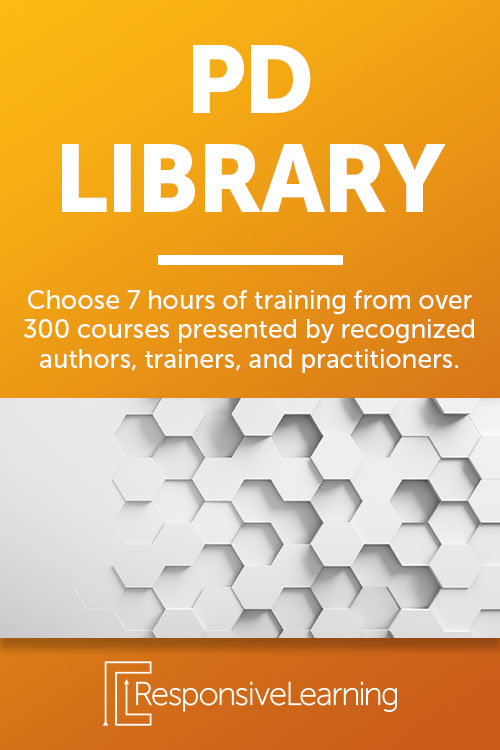Imagine you’re a student placed in a more restrictive learning environment because you were misidentified as needing special education services. How does that impact your learning? With Keys to Special Education – Disproportionality, you’ll understand the effect it has on students as well as the preventative measures you can take to ensure a bias-free learning environment.
Understanding Disproportionality
Research has shown that students of color and low-income backgrounds have a higher rate of disciplinary action and placement in a more restrictive educational environment than their peers. When students are misunderstood, it can lead to them being misidentified. This is why it’s crucial that you take the steps to prevent bias and disproportionality in the classroom.
Special education teacher Ayo Jones explains how you can decrease disproportionality and build positive classroom culture. Jones is a veteran educator, author, and founder of Noodle Nook – an online resource for teachers in special education. She addresses inherent bias and how you can avoid a negative impact on students’ learning outcomes.
States that receive assistance under the Individuals with Disabilities Education Act (IDEA) are required to provide information on students who are identified as having impairments. They must show documentation of student placement in educational settings and disciplinary actions of special education students, such as suspensions and expulsions. Jones explains, “IDEA looks to prevent over-identification and disproportionate representation by race and ethnicity of children as students with disabilities.”
Corrective Action
As an educator, you have the power to take corrective actions that can help prevent disproportionality at school. This is achieved through an objective, unbiased approach. Be mindful of the practices you use to ensure they are culturally responsive.
First, you can implement discipline alternatives for a positive impact on educational outcomes. You’ll want to encourage family involvement while decreasing the child’s time out of the instructional setting. Remember to welcome and celebrate backgrounds that are diverse among your students.
High-quality instruction is required for campuses to deliver to all students. You can achieve this by ensuring the curriculum is relevant while including all students in your instruction. Make sure to build on your student’s strengths and interests so they are motivated, engaged, and eager to learn.

Building Connections
Connection involves making it a priority to learn about your students’ lives and cultures. This includes their religion, values, and diverse life at home. You’ll want to avoid stereotypes and validate their unique cultures and experiences. When you use students’ culture as a resource in your classroom, it can enhance your instruction while expanding everyone’s perspective.
Students want to feel valued, and the best way to convey this is by showing them you genuinely care about their success. You can help support your students by showing interest in who they are and what’s important to them as an individual. Invest in your students to prevent disproportionality and better understand situations from their perspective.
Interested in learning more about how you can prevent disproportionality in the classroom? Explore the course demo on Keys to Special Education – Disproportionality today!

